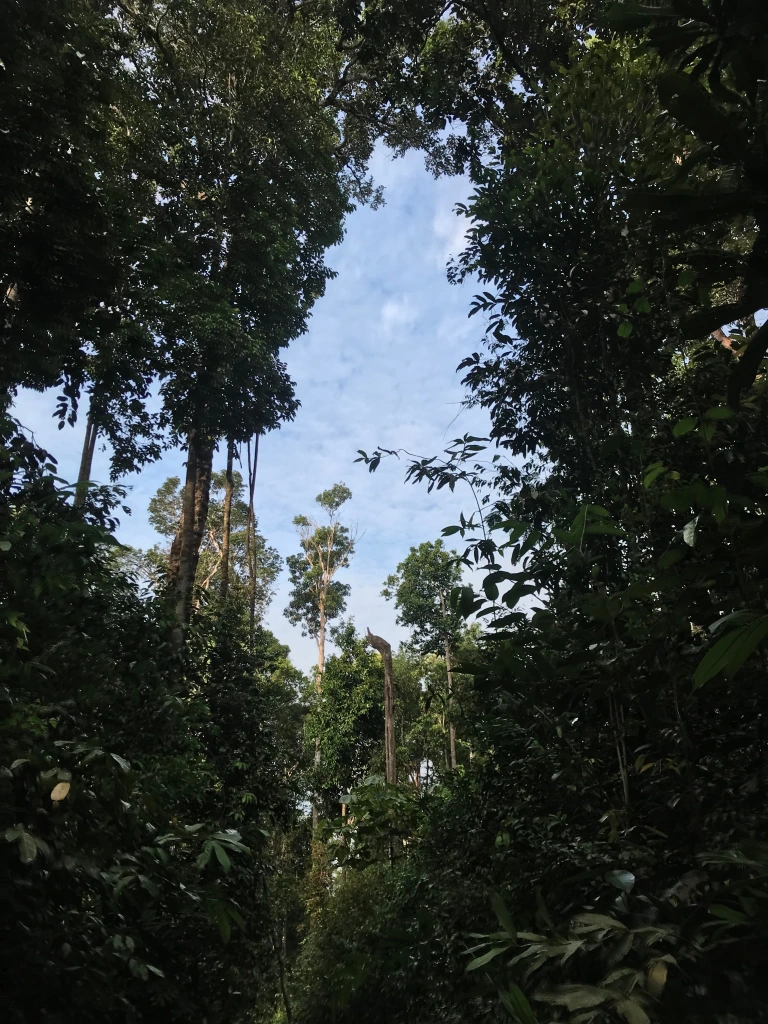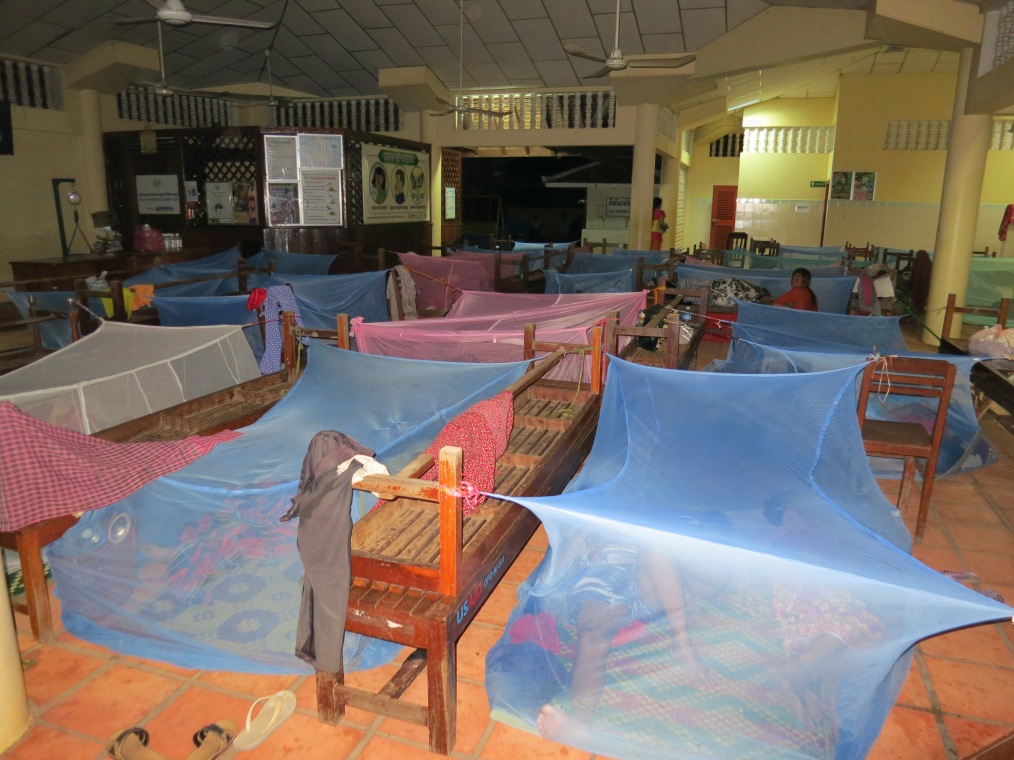How do we take this public health crisis, the loss of life, our paralyzed economies, and apply what we are learning to our equally urgent climate emergency?
The immediate crisis is painfully tangible. But that doesn’t make the profound, longer-term transformational shifts that are needed to protect our planet any less relevant to us, our economies or our financial markets.
These will just take a little longer to be seen and felt.
Three months ago, the threats of pandemic and our climate change emergency were similar. Both were problems scientists warned about but didn’t look to be happening anytime soon. They were problems for some future year and our governments did little to prepare, or were in the process of reversing protection and preparedness
Then, when the COVID-19 Pandemic started, many Governments didn’t want to take action that would damage the economy so were slow responding, allowing the virus to spread to a point where now, as I write, over 1,300,000 million people have fallen victim, at least one-third of the world’s population is in lockdown and the Pandemic is everywhere a first priority.
But what of that other, ‘future” problem, Climate Change? Might our governments, chastened by one ‘future” problem becoming a “now” problem turn their attention to Climate Change once COVID-19 is beaten? Let’s hope so because Climate Change is a far more difficult problem than the Pandemic and likely to have far more impact on humanity.
So what lessons can we learn from the pandemic that are relevant to climate? The first is that we were woefully unprepared. Despite warnings from the medical community, from scientists, expert opinion was suspect, ‘big government’ was bad and that meant it was easier to ignore.
Likewise, we are largely ignoring the warnings about climate. Science has shown that global GHG emissions must decline by about 45% from 2010 levels by 2030. They must be at net zero by mid-century if the world is to prevent catastrophic global warming. Yet we have not been able to stimulate significant global action to this end.
The Paris Agreement in 2015, the Sustainable Development Goals and agenda to alleviate poverty and protect our planet, looked like the beginning of global collective action but not enough has happened since. Governments have translated their Paris Agreement commitments into nationally determined contributions that aim to reduce emissions. But if these are, indeed, to limit global warming to 1.5°C by 2050 as they must, they would have to be five times more ambitious.
Yet the voices of courageous climate youth activists such as Greta Thunberg are drowned out by inexpert climate-denier opinion across mainstream and social media channels that allow many of our politicians, to ignore what we can plainly see in weather events, migration and other systemic shifts as we move beyond our planetary boundaries.
And how can we get around the structural political problem that politicians exist and get re-elected, where there are elections, in the short run, the time period of a pandemic, while climate change is a long-term phenomenon, albeit increasingly experienced in the short run?
The second lesson is that we have ignored the warnings. For years the wildlife markets in China and elsewhere had been seen as repositories for disease, yet the trade has continued. It’s easier to maintain status quo than act against entrenched interests. We continue to destroy our remaining forests, reducing habitat for wildlife, pushing animals and humans ever closer, and at the same time impacting our climate by reducing watershed protection, eliminating our carbon sinks. Stressed climate, habitats and animals lead to drought and disease. Yet we have failed to act, again preferring not to regulate or legislate protection.
The third lesson has to be the spectacular speed of transmission and impact on our economies of the pandemic in our globalized, hyperconnected world. There are no barriers to pathogens or to the economic consequences of our global shutdown. We are much more vulnerable than we ever imagined.
We can extrapolate to a world where GHG emissions are not curbed, where we keep burning fossil fuels, and warming is not kept within the 1.5 degrees above pre-industrial levels that the IPCC has warned is manageable. Indeed, we are on a trajectory currently toward a potentially catastrophic 4 or 5 degrees of warming.
We assume that we will continue living as we do, consuming as we have, but we cannot without suffering the consequences. We know from the IPCC and other scientists that we have a decade to shift our global economy or we will reach a point of no return in terms of our climatic shifts.
Perhaps our current taste of swift change will show us all that we cannot take anything for granted, that although many of us haven’t experienced anything like this moment in our lifetimes, others have experienced devastating war or disease. History is replete with sudden shifts and we are not immune.
Unchecked GHG emissions will, in the not so distant future, start to have far more permanent and disastrous impacts on all of us than the current COVID 19 pandemic but unlike a disease that swiftly slips into our communities, keeps us from jobs and kills our vulnerable and then, recedes in a year or two, impacts of our changing climate will be longer in coming and irreversible, at least in our lifetimes. There will be no vaccine for climate change other than worldwide, radical policy change today.
The positive that we should take from our current moment is that there can be swift change. The Chinese government has announced a ban on the wildlife trade, people have stayed home to protect the more vulnerable from disease and companies have encouraged work from home arrangements that will help slow the spread. Governments have rolled out stimulus packages to protect workers and companies. Policy makers and scientists are working collectively to gather data, model the spread of the pandemic, push for new drugs, vaccines and formulate appropriate responses.
The pandemic has kept us at home, slowed our pace, kept us from any travel that wasn’t absolutely necessary. It has made us conscious of unnecessary buying, of hoarding. We have been shamed, at least in Hong Kong, for not wearing masks, for leaving our homes when quarantined, for acting against the public good.
We must not think that, once the pandemic fades, we can return to old consumption patterns. Rather let’s consider what is necessary in our lives and how we help reshape a society that is less consumptive, more centered, innovative and collective, one that no longer taxes our planet and its biodiversity.
We must think about how we invest to promote sustainability, how our supply chains will produce to protect, not encourage, destruction of our important forests and biodiversity, and promote worker rights. It is to our governments that we look in a time of crisis and it is up to our elected officials also to act to protect us not only from this pandemic but also from our climate tragedy.
The collective response to the pandemic has been swift, perhaps not swift enough, but hopefully the four months since December when the coronavirus was first identified in Wuhan has been sufficiently dramatic and impactful to show that we can act locally and globally to stem another existential challenge: Our climate emergency
















